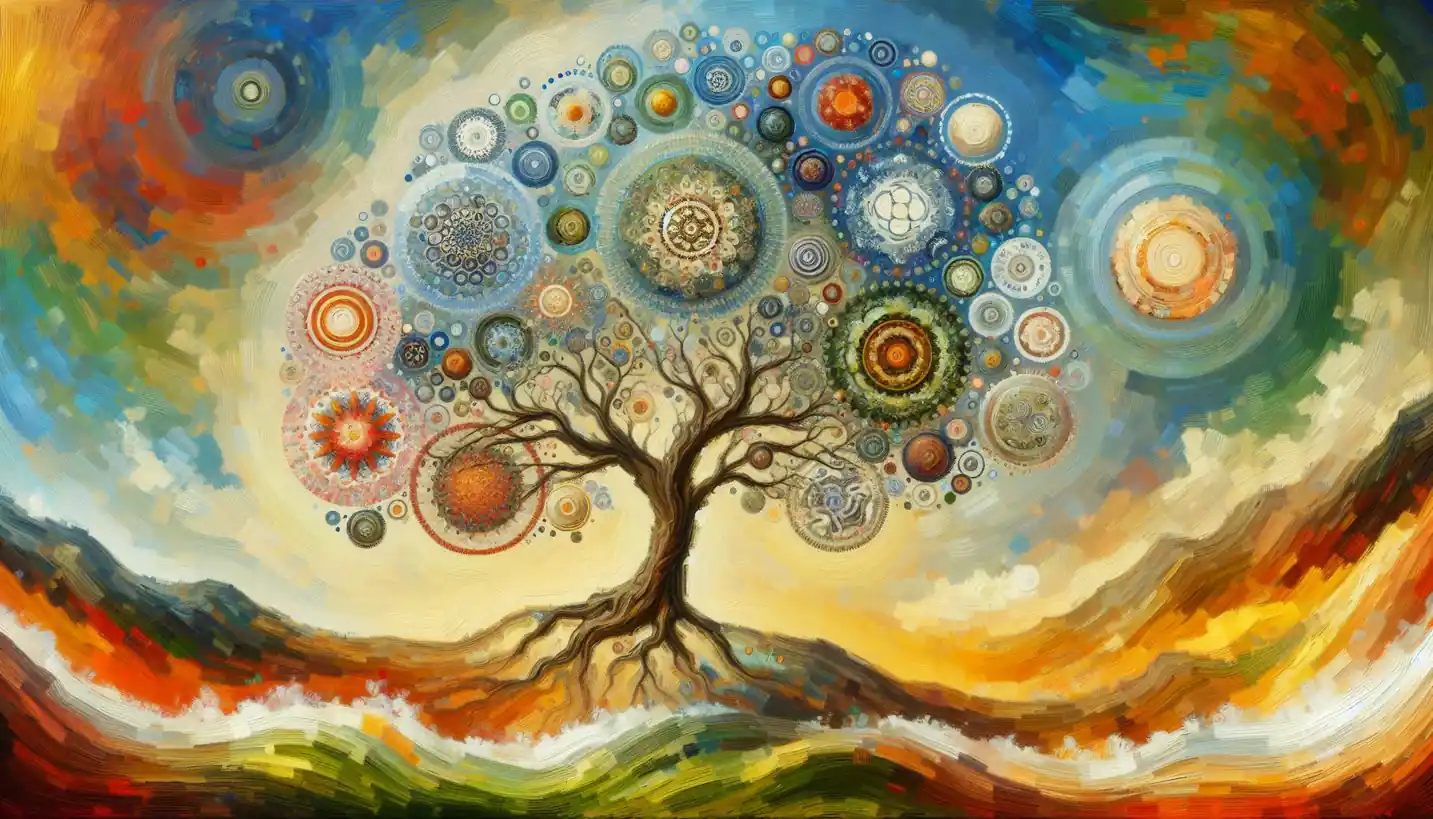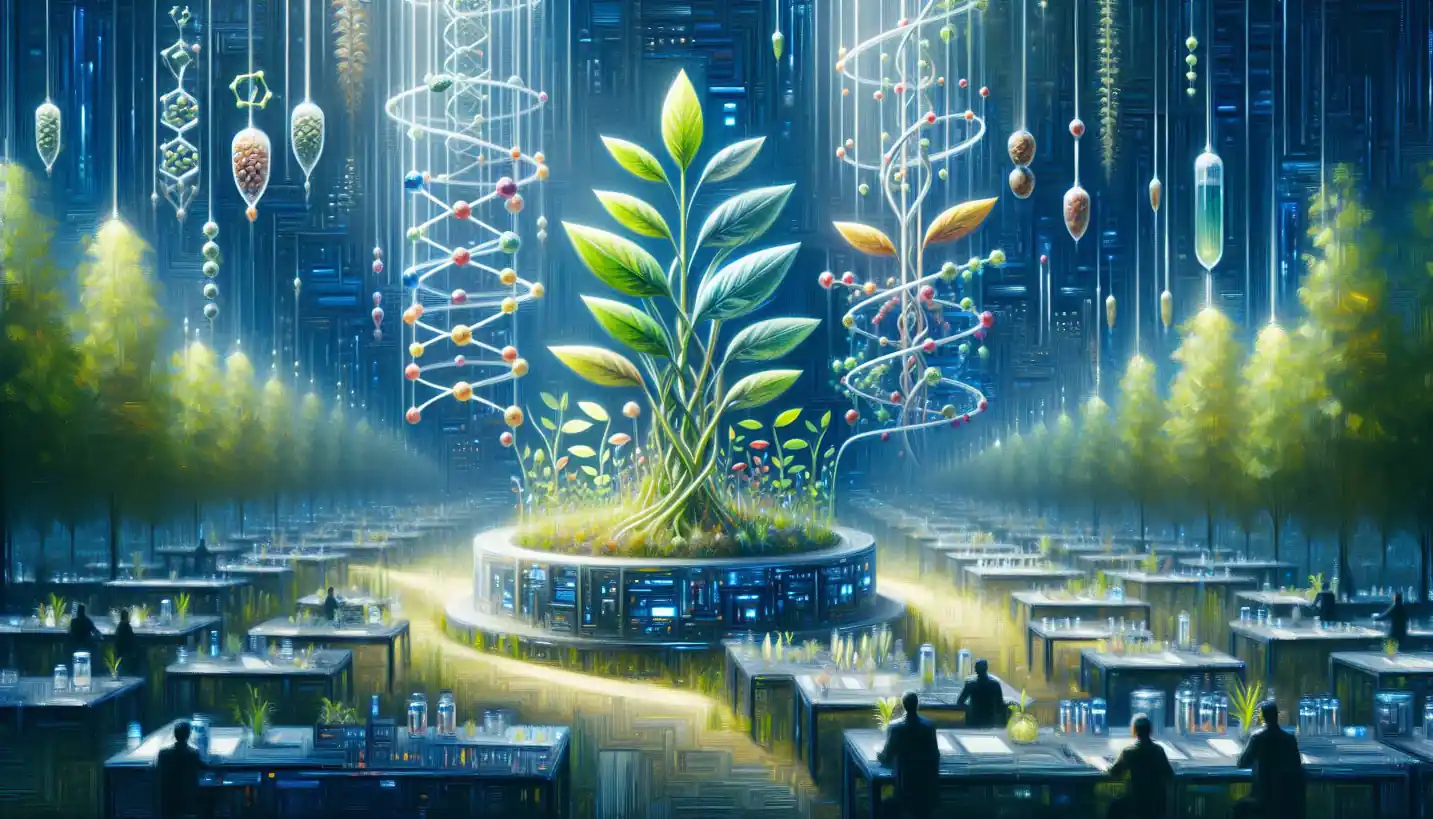· Biology · 5 min read
Biosensor: A Marvel of Synthetic Biology
Biosensors offer a glimpse into the marvels of synthetic biology, detecting life’s subtleties with precision. Discover how they’re revolutionizing diagnostics and research.

Once you dive into the fascinating world of synthetic biology, it’s like discovering a new set of building blocks. One of the most thrilling creations to arise from this field is the biosensor, a tiny yet mighty tool that revolutionizes how we interact with the biological world.
Picture a world where detecting diseases, monitoring environmental changes, or even assessing food quality can be as simple as using a tiny device. This is what biosensors promise. But what exactly are these incredible tools, and how do they work?
What Is a Biosensor?
At its core, a biosensor is like a biological detective, specially trained to detect specific substances. Think of it as a smoke detector, but instead of smoke, it’s on the lookout for chemicals, viruses, or other biological markers.
A biosensor combines a biological component, such as an enzyme or antibody, with an electronic component. When this biological detector encounters its target substance, a signal is generated, either indicating the presence or quantifying the amount of the target.
How Do Biosensors Work?
Imagine you’re at a party, and you’re trying to find a friend who loves the same peculiar music as you do. To locate them, you listen for that unique tune. In a similar way, biosensors have a sensitive “ear” for specific molecules.
Bioreceptor: This is the part of the biosensor that recognizes the target molecule. It could be an enzyme, nucleic acid, or even a living organism.
Transducer: Once the target is identified, the transducer converts this interaction into a measurable signal. Think of it as a translator, turning molecular chatter into a language computers understand.
Electronic System: The final part interprets and displays the signal in a way that humans can comprehend, often as a simple numerical value or graph.
Real-World Applications of Biosensors
Biosensors aren’t just confined to laboratories; they’re all around us, shaping several aspects of daily life.
Medical Diagnosis
Consider the glucose sensors used by diabetics. These are simple yet effective biosensors that monitor blood sugar levels, allowing individuals to manage their health more efficiently.
Now, imagine the potential for similar devices in early cancer detection. By detecting specific proteins linked to cancer, biosensors could revolutionize diagnostic procedures, providing quicker and more accurate results.
Environmental Monitoring
On the other side of the spectrum, biosensors play a crucial role in keeping our environment safe. Picture a tiny sensor floating in a river, alerting authorities to the presence of harmful pollutants. This proactive approach could prevent environmental disasters, keeping ecosystems healthier and communities safer.
Food Industry
Ever worried about whether your food has gone bad or contains harmful bacteria? Biosensors can offer solutions here too. By detecting spoilage and pathogens, these devices ensure food safety and quality, reducing waste and increasing consumer confidence.
Synthetic Biology and the Future of Biosensors
As synthetic biology continues to advance, the potential of biosensors grows exponentially. With the ability to design custom-organisms to act as living sensors, researchers are pushing boundaries like never before.
Personalized Medicine
The dream of personalized medicine, where treatments are tailored to the unique genetic makeup of an individual, could be realized with biosensors. Imagine a sensor that checks your molecular profile to prescribe the most effective treatment plan.
Wearable Biosensors
Wearable technology is taking biosensors into exciting new territories. These devices could constantly monitor your body’s vital signs, providing real-time updates on your health, preventing issues before they arise.
Sustainable Agriculture
Farmers might one day use biosensors to analyze soil conditions and plant health, maximizing crop yield while minimizing resource use. This approach could ensure food security in a sustainable way.
Challenges and Ethical Considerations
Despite their promise, the development and deployment of biosensors come with hurdles.
Accuracy and Reliability
Creating a biosensor that consistently delivers accurate results is a significant challenge. Just like a talented musician needs to hit the right notes every time, a biosensor must reliably detect the intended substances.
Data Privacy
With the widespread use of biosensors, there’s a concern about who accesses the data they collect. Individuals must trust that their personal health information is safeguarded and used ethically.
Ethical Considerations
As biosensors become more integrated into our lives, ethical questions arise. How do we ensure that these technologies benefit everyone? Who decides what data should be collected, and how it’s used?
The Road Ahead: Opportunities and Innovations
In the not-so-distant future, biosensors could redefine how we approach health, environment, and technology.
Research and Innovation
Scientists are continually exploring new materials and methods to enhance biosensor functionality. By experimenting with nanotechnology, we’re getting closer to creating sensors that are even smaller, more sensitive, and more adaptable.
Integration with AI
The combination of biosensors with artificial intelligence holds immense potential. AI could analyze biosensor data in real-time, offering insights and predictions that were unimaginable just a few years ago.
Global Health Impact
In developing regions, where access to quality healthcare is limited, biosensors offer a lifeline. Portable and easy-to-use, these devices could transform healthcare delivery, ensuring more equitable access to vital services.
Conclusion
Biosensors represent a bridge between biology and technology, opening doors to a future where our interaction with the natural world is more informed and responsive. As synthetic biology continues to evolve, the possibilities for what biosensors can achieve seem boundless. From healthcare to environmental protection, they hold the promise of a smarter, healthier, and more sustainable world. So, the next time you marvel at a piece of technology, think about the invisible biosensors ready to transform everything from the food you eat to the air you breathe. The future is indeed exciting, and we’re just beginning to scratch the surface of what’s possible.


